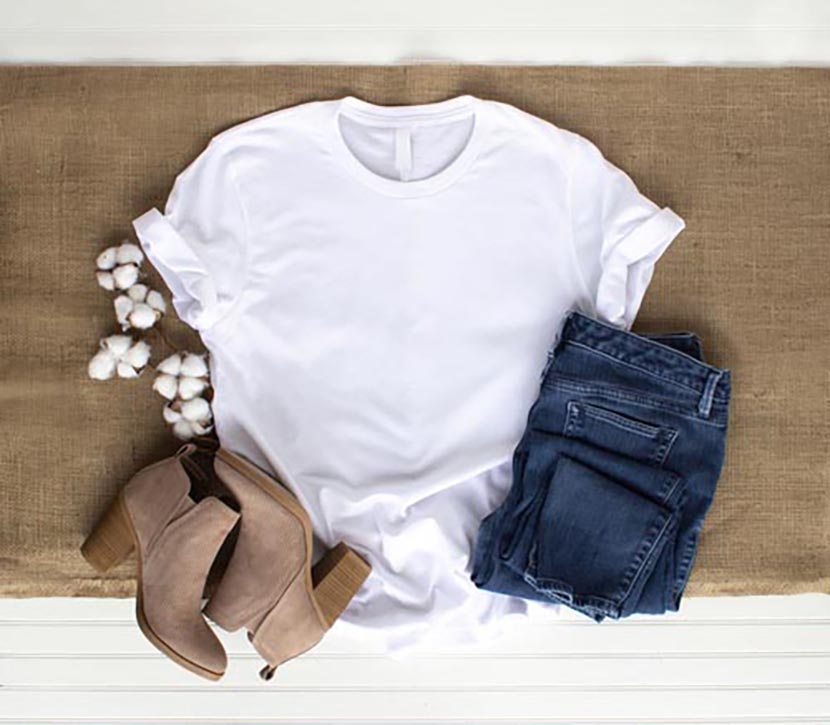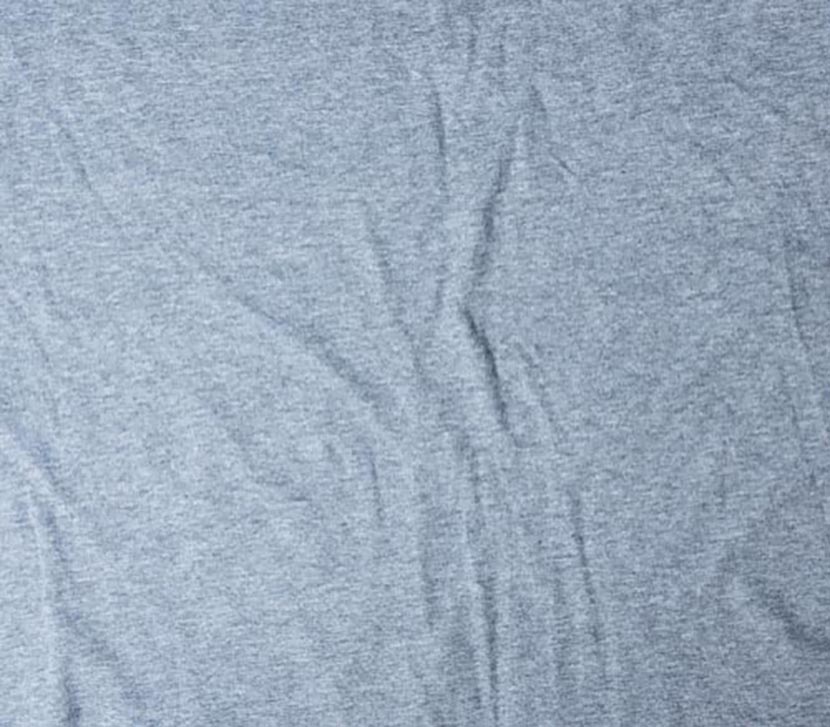Best Fabrics for Screen Printing
Whether you are launching a t-shirt business or designing hats to give away as holiday gifts, understanding the best fabrics for screen printing is important. While one of the great things about screen printing is its versatility and the ability to customize a wide range of fabrics, some work much better than others. Choosing the right fabric for your project ensures a favorable outcome and takes the frustration out of customizing apparel and accessories. Keep reading to learn more about the best fabrics for screen printing.
Natural Fabrics

Source: bearsky23/Shutterstock.com
Humans have used natural fabrics as clothing for thousands of years. In fact, cotton fabrics that are estimated to be over 7,000 years old have been found in Mexico and Pakistan. These fabrics come from plants and animals, and they are ideal for screen printing. Wholesale t-shirts and sweatshirts made from cotton absorb color well and are comfortable to wear, making them perfect for this project. Other plant-based natural fabrics, including hemp and linen, work well, too.
Shop Plain Sweatshirts from The Adair Group
Cotton is widely thought of as the best fabric for screen printing, but it does have its drawbacks. It is prone to wrinkles and shrinkage. It also does not have moisture-wicking capabilities, so it can leave you feeling pretty sticky on a hot day. Though not as frequently used, fabrics made from animal fibers are suitable for screen printing, as well. But there are some drawbacks. Silk, for example, has a wonderfully smooth surface, but it does not absorb color well. As a result, screen-printed silk tends to have a more pastel, muted appearance. Wool is thick and absorbs color well, but it can be challenging to get the ink into all those nooks and crannies evenly.
Synthetic Fabrics
Synthetic fabrics include man-made materials like nylon and polyester. While they once had a bad reputation for being uncomfortable, many modern synthetic fabrics are just as nice as their natural counterparts.
When it comes to screen printing, it is possible to use synthetic fibers. In many instances, though, it is not encouraged. Synthetics do not absorb color as well and, because many of these fabrics are so stretchy, special inks sometimes need to be used.
Athletic shirts made from 100% polyester are frequently screen printed by professionals. It takes some serious effort to get it right, though, so we do not recommend this fabric for beginners. IF you are considering it, though, you will need to pay close attention to the shirt’s construction. Woven shirts are typically best but, if the weave is too tight, it may be impossible to get a good print. You’ll also want to pay attention to heat resistance and elasticity.
Natural and Synthetic Blends

Source: NDanko/Shutterstock.com
Fabrics that blend natural and synthetic fibers have become increasingly popular in recent years, and for several good reasons. Combining fibers like cotton and polyester results in a fabric that boasts the best features of each fiber while compensating for the potential drawbacks. A shirt made from a blend of cotton and polyester absorbs color well just like a shirt made from 100% cotton. And it has the shrink-resistance of polyester, meaning it will likely last a lot longer.
While polyester does not absorb color well, it tends to pull perspiration away from the skin and allows it to evaporate. Cotton, on the other hand, absorbs color and sweat and can be quite uncomfortable on a hot day.
When choosing shirts or even wholesale baseball hats for screen printing, looking for ones that feature a blend of natural and synthetic fibers is often an excellent option. Many products, including plain sweatshirts, are commonly made from fiber blends, and they offer exceptional quality and comfort.
Our Wholesale Hats Are Great for Screen Printing!
Fabrics to Avoid

Source: Tyler Olson/Shutterstock.com
While it is technically possible to screen print on nearly any type of fabric, some are best avoided, especially for beginners. Printing garments and accessories made from 100% polyester, lycra, or Spandex is tricky and requires special ink. For this reason, your best bet is to avoid them for your screen printing projects.
In addition, novelty fabrics, like faux fur, are not suitable for screen printing. You need a relatively smooth surface, so any excessively textured fabric is not appropriate for the job.
Conclusion
Whether you are screen printing wholesale hats, t-shirts, sweatshirts, or something else, the right fabric is important. At The Adair Group, we have a wide range of garments and accessories that are perfect for screen printing. Check out our full selection today for the products you need.


